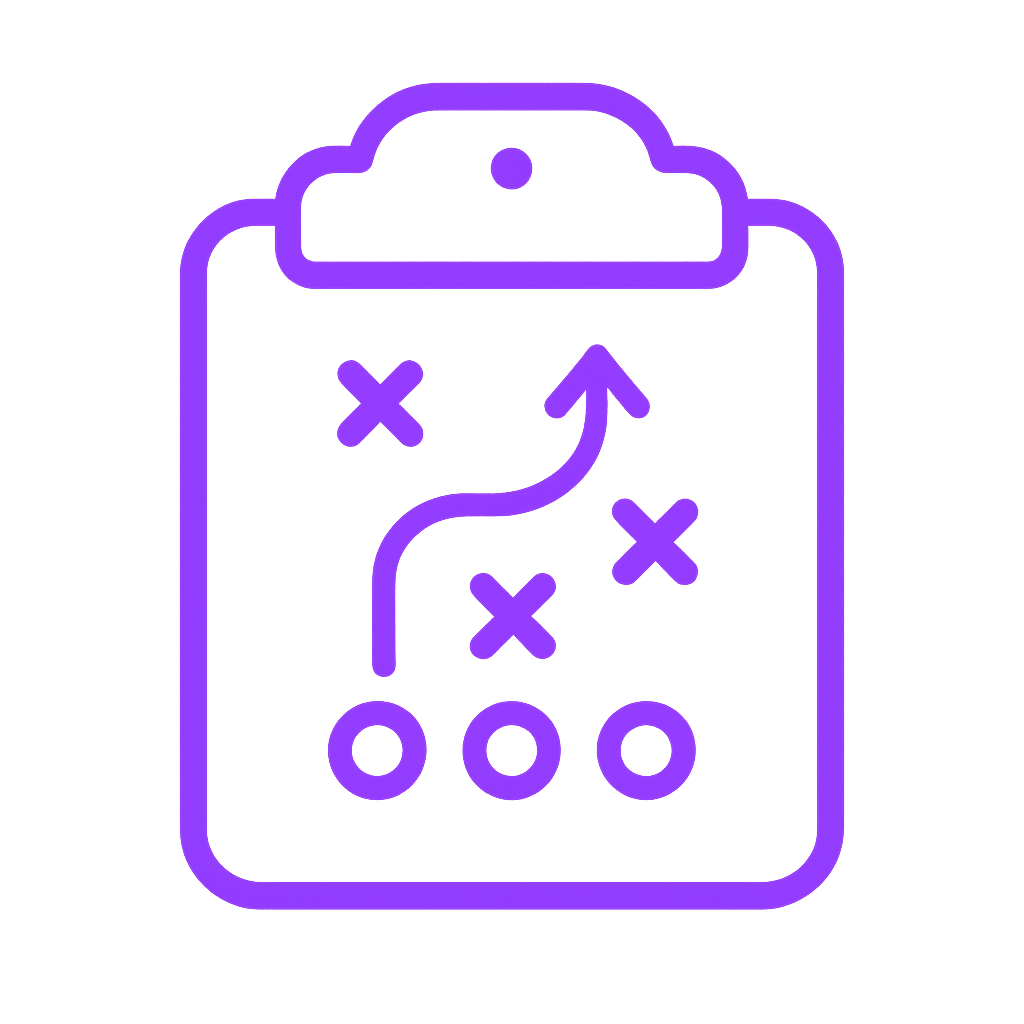
Customer retention is a top priority in today’s competitive business landscape. According to Harvard Business Review, acquiring a new customer can cost 5 to 25 times more than retaining an existing one. This stark difference highlights the importance of customer retention and Customer Lifetime Value (CLTV) in driving sustainable business growth.
With the rapid advancement of Artificial Intelligence (AI), businesses no longer rely solely on traditional, reactive sales strategies. Instead, AI-powered sales analytics transform customer engagement by using predictive insights to detect early signs of churn, optimize customer interactions, and drive long-term loyalty. Rather than waiting for customers to leave, companies can now identify potential risks ahead of time and take proactive measures to keep their customers satisfied.
This article explores how AI revolutionizes sales analytics and redefines customer retention strategies. We will examine real-world applications, highlight successful case studies, and provide actionable insights for integrating AI into your business.
What is CLV, And Why Does It Matter?

CLV is a key metric representing the total revenue a business can expect from a customer throughout their entire relationship with the company.
Not all customers contribute equally to a company’s profitability. Some may make a single purchase and never return, while others become repeat buyers who generate significant revenue over time. Instead of allocating resources to retain every customer, businesses can use CLV to identify high-value customers worth long-term investment.
By understanding CLV, businesses can.
- Prioritize customer retention efforts for their most profitable segments.
- Optimize marketing spend by focusing on high-value customers.
- Enhance customer experiences to increase engagement and loyalty.
How to Calculate CLV
To determine CLV, businesses typically need three key values:
- Average purchase value – The average amount a customer spends per transaction.
- Purchase frequency – How often a customer buys within a specific timeframe.
- Customer lifespan – The estimated duration a customer remains active with the business.
The basic formula is:
𝐶𝐿𝑉 = Average Purchase Value X Purchase Frequency X Customer Lifespan
However, a more accurate calculation factors in customer acquisition and retention costs. Businesses should subtract these expenses from total customer revenue to get a clearer profitability picture.
Understanding and optimizing CLV enables companies to make informed decisions about pricing, marketing strategies, and customer engagement, leading to sustainable growth and higher long-term revenue.
The Importance of Customer Retention in B2B Sales

In B2B sales, retaining existing customers is often more valuable than acquiring new ones. Unlike B2C transactions, which are typically short-term, B2B relationships thrive on trust, long sales cycles, and repeat business. Losing a client means losing immediate revenue, years of potential business, and valuable partnerships.
A high customer churn rate in B2B sales impacts revenue predictability, brand reputation, and operational efficiency. Companies struggling with retention often face unstable revenue streams, increased sales costs, and difficulty scaling their business.
AI-driven sales analytics helps businesses analyze customer behavior, predict churn risks, and personalize engagement strategies. Instead of waiting for customers to leave, AI enables companies to identify churn signals and strengthen relationships proactively. From personalized recommendations to automated customer support, AI is revolutionizing B2B retention strategies, ensuring higher customer satisfaction and stronger loyalty.
How AI is Transforming Sales Analytics

Sales analytics has traditionally been a cornerstone of business strategy, helping companies understand customer behavior, forecast demand, and optimize pricing. AI-powered sales analytics introduces automation, real-time insights, and predictive analytics to optimize strategies, improve engagement, and prevent revenue loss.
1. Predictive Analytics: Forecasting Future Sales Trends
Traditional sales analytics provides a backward-looking view of customer behavior. AI introduces predictive analytics, allowing businesses to anticipate future trends, customer needs, and sales outcomes more accurately. Predictive insights enable sales teams to address customer concerns before they escalate proactively. Instead of waiting for a drop in sales, businesses can adjust strategies, improve retention efforts, and allocate resources more effectively.
2. Real-Time Sales Insights: Immediate Data-Driven Decision Making
AI-powered analytics enable real-time monitoring and reporting, giving businesses instant access to customer engagement metrics, buying patterns, and revenue trends. AI integrates with CRM platforms, social media channels, and website analytics tools to provide live dashboards and automated reports.
Why It Matters
- React to market fluctuations and customer behaviors immediately.
- Identify sales opportunities in real time.
- Adjust pricing, promotions, or sales outreach strategies instantly.
3. AI-Powered Automation: Streamlining Sales Processes
AI reduces sales teams’ manual workload by automating tasks such as lead scoring, follow-up emails, and customer segmentation.
Why It Matters
- Boosts efficiency by reducing manual tasks.
- Reduces human error, ensuring consistency.
- Improves scalability, allowing businesses to manage larger customer bases.
4. AI-Driven Customer Personalization: Enhancing Engagement and Conversions
AI enables businesses to deliver hyper-personalized recommendations, product suggestions, and marketing messages at scale. AI analyzes data such as past purchases, website browsing behavior, customer support interactions, and sentiment analysis from emails and reviews.
Why It Matters
- Increases upselling and cross-selling opportunities.
- Adjusts pricing based on customer loyalty and demand trends.
- Creates personalized email campaigns based on customer preferences.
5. AI-Powered Churn Prevention: Identifying At-Risk Customers Early
AI helps companies identify early warning signs of churn and take action before losing customers. AI churn prediction models analyze declining product usage, reduced engagement, and customer sentiment from reviews and support interactions.
Why It Matters
- Proactively reach out to disengaged customers.
- Offer targeted retention incentives.
- Optimize customer support efforts by predicting and resolving complaints early.
How ImpelHub Enhances CLV Through AI-Driven Sales Analytics

1. AI-Powered Competitor Analysis
ImpelHub leverages advanced AI-driven analytics to conduct a comprehensive competitor analysis, assessing industry positioning, product offerings, customer segmentation, and emerging market trends. By identifying direct, indirect, and emerging competitors, businesses can proactively refine their strategies to stay ahead.
2. Competitive Strategy Optimization
Using Battleboard™, ImpelHub evaluates competitors’ pricing models, marketing strategies, and customer acquisition tactics This data-driven approach helps businesses understand how competitor strategies impact market positioning, revenue potential, and customer retention.
3. Data-Driven Differentiation & Strategic Growth
ImpelHub enables businesses to assess the strategic impact of competitor actions and uncover unique differentiation opportunities. AI-powered analytics help businesses optimize value propositions, customer engagement strategies, and retention efforts to maximize CLV and drive sustainable growth. By leveraging ImpelHub’s AI-driven sales analytics, companies can reduce churn, enhance customer relationships, and increase long-term profitability.
Conclusion
AI-powered sales analytics is transforming how businesses retain customers and maximize CLTV. By leveraging predictive insights, real-time analytics, automation, and personalization, companies can proactively prevent churn, improve customer relationships, and drive long-term revenue growth. Investing in AI-driven strategies is no longer an option but a necessity for businesses seeking sustainable growth in a competitive market.
Ready to boost your CLV with AI-driven insights?



